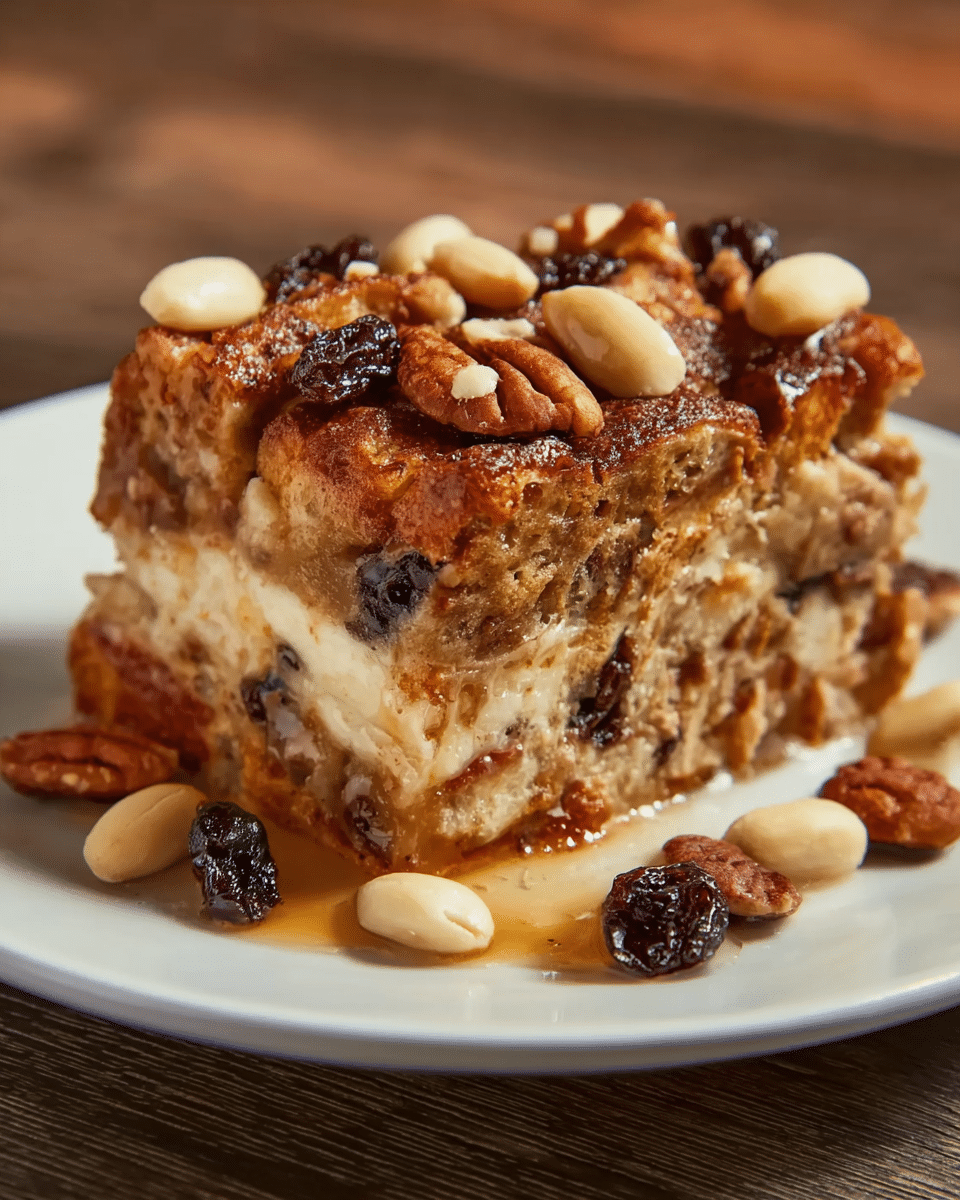The History and Cultural Significance of Capirotada
Capirotada has roots deeply embedded in Mexican history, with its origins linked to Spanish colonial times. The dish is believed to have evolved as a way to make use of leftover bread, which was often stale after being left out for a few days. During Lent, when meat and other indulgent foods were restricted, Capirotada provided a sweet yet satisfying way to enjoy a rich dessert without violating religious fasting rules. The combination of bread with sweet syrups and spices helped stretch limited resources during the Lenten season, making it an economical yet delicious option for many families.
Over the centuries, Capirotada has evolved, with each region and family adding their own personal touch to the recipe. Some versions of Capirotada include more savory elements, such as sliced onions and tomatoes, which balance out the sweetness of the bread and syrup. The addition of cheese, especially cotija or queso fresco, is another hallmark of this dish, providing a creamy contrast to the sweetness of the sugar syrup. While it remains a dish that is primarily prepared during Lent, its popularity has spread beyond the holiday, becoming a beloved treat that can be enjoyed year-round.
The Flavor Profile of Capirotada
Capirotada is known for its bold and contrasting flavors. The sweet syrup, made from brown sugar and spices, soaks into the bread, giving it a soft, rich texture that is enhanced by the occasional crunch of chopped nuts, raisins, and almonds. The syrup itself is a delicious blend of cinnamon, cloves, and vanilla, giving the dish a warm, aromatic flavor. The brown sugar syrup, which forms the base of Capirotada, adds a deep sweetness with a hint of caramel, while the cinnamon and cloves infuse the dessert with a warming, fragrant essence that evokes the comfort of home.
The bread, typically bolillo or French bread, takes on a delightful softness as it absorbs the syrup, but still maintains a slight texture that contrasts with the creaminess of the melted cheese. The addition of nuts, such as peanuts and almonds, provides a delightful crunch, adding another layer of texture to the dessert. Raisins contribute a natural sweetness, while the optional bananas lend a tropical touch that adds complexity to the dish. The addition of cheese, particularly cotija or queso fresco, is a defining feature of Capirotada, providing a creamy, slightly salty element that balances the sweetness of the syrup.
The unexpected inclusion of savory ingredients like onions and tomatoes in some variations of Capirotada adds another layer of complexity to the dish. These ingredients cut through the richness of the syrup, creating a sweet and savory balance that appeals to those with adventurous palates. The result is a dessert that is as satisfying as it is unexpected, offering a harmonious blend of sweet, savory, creamy, and crunchy elements in every bite.
How Capirotada is Made
The preparation of Capirotada is relatively simple, though it requires some attention to detail to achieve the perfect balance of flavors. The process begins with the creation of the syrup, which involves boiling water, brown sugar, cinnamon, cloves, and a pinch of salt. This mixture is simmered until the sugar has dissolved and the syrup thickens slightly, creating a fragrant, spiced base for the dessert. Once the syrup is ready, it is set aside to cool slightly.
Next, the bread is cut into thick slices, typically around one-inch in thickness. If the bread is not stale, it is toasted in the oven to dry it out slightly. The bread slices are then arranged in a greased baking dish, and the syrup is poured over the layers of bread to allow the bread to soak up the liquid. At this stage, the nuts, raisins, and cheese are sprinkled between the layers of bread, adding texture and flavor. For those using bananas, onions, and tomatoes, these ingredients are added as well, adding depth and contrast to the dish.
After the layers are assembled, the Capirotada is baked in the oven until the bread is soft and golden, and the cheese has melted into a creamy layer. The final touch is a sprinkling of sugar on top, which creates a sweet, slightly crispy crust. Once the Capirotada has finished baking, it is removed from the oven and allowed to cool slightly before being served. It can be enjoyed warm or at room temperature, making it a flexible dessert that can be prepared in advance and served when ready.
Serving Capirotada
Capirotada is typically enjoyed as a dessert during Lent and other family gatherings. It pairs wonderfully with a hot beverage, such as Mexican hot chocolate, café de olla, or even a simple cup of coffee. The rich, sweet flavors of Capirotada make it an indulgent treat that is perfect for a cozy afternoon or evening with family and friends.
In Mexico, Capirotada is often served during special occasions, such as Semana Santa (Holy Week) and Día de los Muertos (Day of the Dead). It is a beloved dish that brings people together to celebrate and remember those who have passed. The bread, with its layers of sweetness, texture, and flavor, symbolizes the unity and continuity of life, making it a fitting dessert for holidays that honor both the living and the dead.
Capirotada can also be served in smaller portions as part of a larger meal. While it is traditionally a dessert, its unique blend of flavors allows it to be enjoyed as a breakfast or snack, particularly when paired with a warm beverage. The addition of cheese, nuts, and fruits makes it a hearty and satisfying option, perfect for sharing with loved ones during gatherings.
How Capirotada Can Be Adapted
One of the reasons Capirotada has remained a popular dessert for so long is its versatility. While the traditional recipe is delicious, there are many ways to adapt the dish to suit different tastes and dietary preferences. For example, those with dietary restrictions can use gluten-free bread to make a gluten-free version of Capirotada. Additionally, various nuts, fruits, or cheeses can be used depending on what is available or preferred. Some versions of Capirotada even feature chocolate chips or dulce de leche for added richness.
For those who prefer a sweeter dessert, more sugar can be added to the syrup, or a bit of cinnamon sugar can be sprinkled on top before baking to create a crunchy, caramelized topping. Conversely, for those who prefer a less sweet version, the amount of sugar in the syrup can be reduced, and more savory elements, such as tomatoes or onions, can be added to enhance the depth of flavor.
Conclusion
Capirotada is a beloved Mexican dessert that offers a unique blend of sweet, savory, and aromatic flavors. Its rich history, cultural significance, and bold flavors have made it a timeless dish that continues to be cherished by many. Whether enjoyed as a dessert during Lent, as a comforting treat at family gatherings, or simply as a delicious indulgence, Capirotada brings warmth and nostalgia to the table.
The contrast of textures—from the soft, syrup-soaked bread to the crunchy nuts and creamy cheese—creates a complex yet harmonious flavor profile that appeals to a wide range of tastes. The addition of fruits, spices, and even savory ingredients like tomatoes and onions gives the dish versatility, allowing it to be customized to suit individual preferences. No matter how it is prepared, Capirotada remains a dish that brings people together, celebrates tradition, and delights the senses with its rich, comforting flavors.






